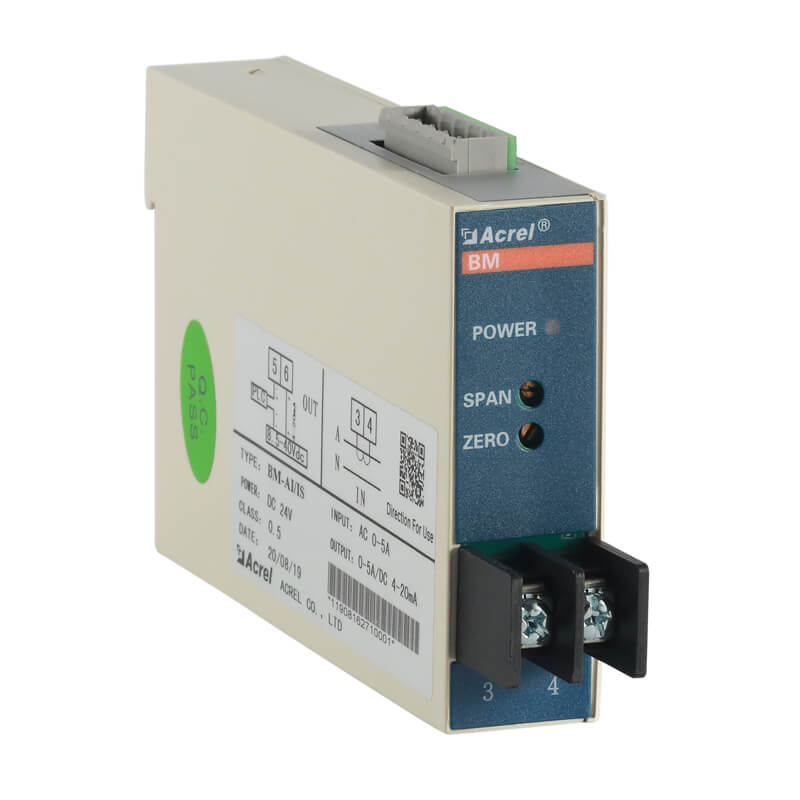The Working Principles of the DC Current Shunts
(2023年11月27日)https://www.acrelenergy.com/the-working-principles-of-the-dc-current-shunts.html
Ⅰ. The dc energy meter working principle
The shunt is actually an accurate resistor with a small resistance value that can pass a large current. When the current flows through the shunt, a millivolt-level DC voltage signal will be generated at both ends of the shunt, causing the pointer of the DC ammeter connected to both ends of the DC shunts to swing, and the reading is the current value in the DC circuit.
The shunt is to divide a small current (mA) to push the pointer of the meter. The smaller the ratio of this small current to the large loop current (A), the better the linearity and more accuracy of the reading of the ammeter.
The actual meter head of the DC ammeter is a standard millivolt voltmeter. The millivolt voltmeter is used to measure the voltage across the shunt, and then the voltage is converted into a current, which is the current we see on the ammeter, which completes the measurement of a large current. The full-scale value of the millivolt voltmeter is 20mV, 30mV, 50mV, 60mV, 75mV, 100mV, 150mV, etc. The general routine is 75mV, then using this voltmeter to measure the current of 20A, it needs to be equipped with a shunt resistor that generates a voltage drop of 75mv when the current flows through 20A, also known as a 75mv shunt.
According to Ohm's law U=IR, the impedance of the DC current meter shunt, DC current shunt circuit = the full-scale voltage of the meter head / the full-scale current of the meter head, for example, the resistance value of the shunt matching a 100A ammeter is 0.00075 ohms, that is, 100A*0.00075 ohms=75mV. The matching shunt resistance of the 50A ammeter is 0.0015 ohms, 5OA*0.0015 ohms = 75mV.
The DC ammeter and shunt are used together.
DC shunt model representation rules: FL-20.5 200A 75mV (model) (accuracy) (current) (voltage drop).
Ⅱ. The precautions for the DC current shunts
1. No artificial contact resistance is allowed at the connection between the cable (or copper bar) of the primary loop of the shunt and the shunt, and the sampling point of the secondary voltage cannot be sampled from the non-sampling point.
2. When two small screws are connected to the signal input terminal of the instrument, pay attention to the polarity of the signal. The end where the current flows into the shunt is the positive terminal, which is connected to the positive input terminal of the signal input terminal of the instrument. The end where the current flows out of the shunt is the negative electrode, which is connected to the negative input end of the signal input end of the instrument.
3. The actual current used (for a long time) is recommended not to exceed 80% of the rated current.
Established in 2003, Acrel electric is a high-tech enterprise concentrating on research, production, sales, and services. It mainly provides systemic solutions of energy efficiency management and electrical safety for users. "Acrel" smart energy meter manufacturer is equipped with complete production lines from cloud platform software to sensors.
- このできごとのURL:



コメント